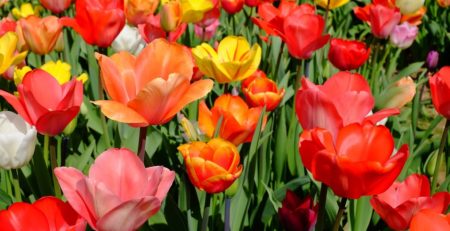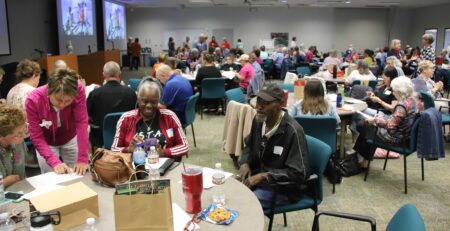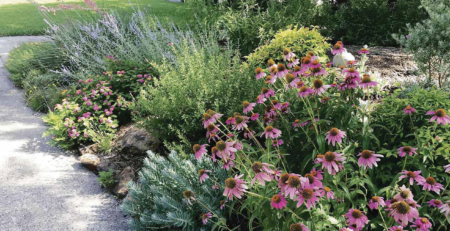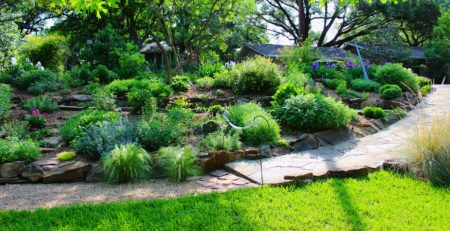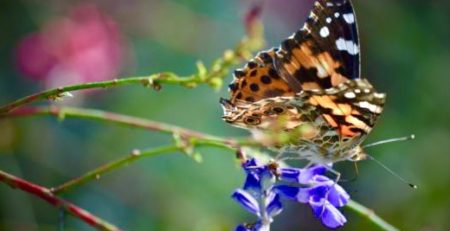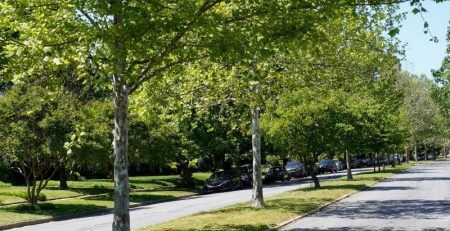ALERT: Emerald Ash Borer (EAB) Identified in Dallas
The emerald ash borer (Agrilus planipennis) is a highly invasive green jewel beetle native to northeastern Asia that has decimated hundreds of millions of ash trees in North America since it was first discovered in southeastern Michigan in 2002. It is believed to have entered the United States in solid wood packing material from Asia, and it continues to be transported in firewood and nursery stock from infested areas. To date it has spread to 36 states and 5 Canadian provinces.
Texas A&M Forest Service has recently confirmed the presence of EAB in the Dallas city limits and in western Dallas County Do you know what varieties of trees are in your landscape? Since there are a number of trees that resemble ash trees, such as Black Walnuts and Boxelders, proper identification is of utmost importance. As a result, the Texas Department of Agriculture (TDA) has implemented a quarantine for Dallas County, preventing untreated wood, wood debris, or hardwood from leaving the county. Other Texas counties under quarantine include Parker, Tarrant, Wise, and Denton.

EAB represents a significant threat to ash trees in urban, suburban, and rural forests as well as to the many species of wildlife supported by them. Experts believe that ash trees throughout the state are susceptible to infestation, which will likely result in the collapse of ash tree populations in Texas. To best manage EAB in your landscape, learn how to properly identify your trees, become familiar with signs of EAB infestation, and know how to respond if you suspect the presence of EAB.


Ash Tree Identification
Ash trees became popular among developers and homeowners as replacements for elm trees devastated by Dutch Elm disease in the mid- to late-1900s. Their relative resilience and rapid growth habit allowed ash trees to create desirable shade in just years instead of the decades required by other hardwoods. Tragically, however, all varieties of ash trees are vulnerable to EAB, which currently has no cure.
Do you know what varieties of trees are in your landscape? Since there are a number of trees that resemble ash trees, such as Black Walnuts and Boxelders, proper identification is of utmost importance. Forestry (dallascityhall.com)Forestry (dallascityhall.com) for registration information by clicking on EMERALD ASH BORER. Another excellent identification resource is Texas Tree ID (Texas Forest A&M Service – Trees of Texas (tamu.edu).
Signs of Infection
EAB larva damage the tree by feeding on the transport system between roots and leaves. There are a number of symptoms, but they may not appear until larval damage has become extensive. Some of the signs are:
* Dead branches near the top of the tree
* Bark splits exposing larval channels
* Extensive woodpecker damage
* ‘D’ shaped exit holes
* Water sprouts at the base

Treatment
The website Emerald Ash Borer offers advice for dealing with ash trees. They can be treated but not cured, and treatment will be required every 2-3 years. If the ash tree is an important tree to your landscape, is currently healthy, and is in a location where it will continue to thrive, you may want to save the tree, at least for now. However, if you suspect the presence of EAB, the best course of action is to contact a certified arborist who can provide a correct diagnosis and discuss ALL of your options.
If tree removal is necessary, plant a variety chosen from the recommended list for our area, which can be found on the Dallas Forestry website (Forestry (dallascityhall.com).
EAB Management
Here are several ways we can help as citizen scientists:
- Report sightings to the hotline 866-322-4512 or through Texas Invasives. Take a picture and record its GPS location if possible. These teams, coordinated by the Wildflower Center, contribute important data to local and national resource managers.
- Collect ash seeds for the Lady Bird Johnson Wildflower Center. They are collecting seed for long-term storage to preserve this genetic resource. https://www.wildflower.org/
- Know the point of origin for nursery stock, firewood, wood chips and wood products to insure you are not bringing in products from infected areas. Larva can live for up to two years in logs and wood products.
- Don’t bring firewood from infected areas to other locations, such as campsites.
- When planting trees, diversity is one of the best ways to prevent losses in the future. A general guideline to follow is known as the 10-20-30 rule. In other words, a tree population should include no more than 10% of any one species, 20% of any one genus, or 30% of any one family.
- If you have questions, call City of Dallas Forestry at 214-67-3111, email at CODForestry@dallascityhall.com, or visit the website Forestry (dallascityhall.com) to join a WebEx on Thursday, July 28 at 6:00 pm.
While the loss of native ash trees in Texas will have a huge ecological effect on the state, the good news is that EAB will make tree diversity a necessity instead of just a good idea.
By mixing up the species of trees in the state’s total tree canopy, the next tree pest that invades Texas will be much less likely to have such a profound impact. According to certified arborist and Dallas County Master Gardener Steve Houser, “A forest’s best asset is species diversity because there are going to be other pests and pathogens that come along in the future. To lose all the ash in the state as well as 100 species of wildlife that depend on them will have a profound effect on our environment and the sustainability of our state’s natural ecosystems.”
Resources
Texas A&M AgriLife Extension Service (TAES)
Emerald ash borer information sheet
Texas Department of Agriculture (TDA)
Texas Parks & Wildlife Department (TPWD)
USDA Animal & Plant Health Inspection Service, Plant Protection & Quarantine (APHIS PPQ)


